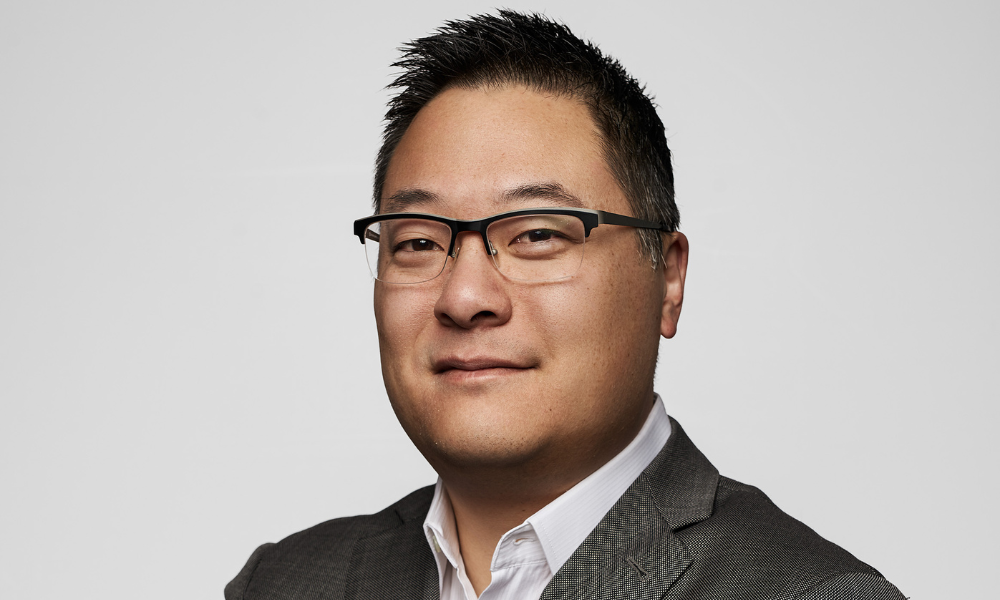In a recent letter to partners - seen by WP - an investment firm's CEO explained how the company achieved its 2017 results
.jpg)
In a recent letter to partners - seen by WP - IBV Capital President and CEO Talbot Babineau explained how exactly the firm was able to achieve its stellar 2017 results. The market value of the Toronto-based firm’s investment portfolio increased by 9.8% in the fourth quarter, and finished the year up 17.8%, building on a 23.5% return in 2016.
“We enjoyed multiple wins throughout the year,” Babineau told the partners. “During the summer, Scripps Networks Interactive entered into an agreement to be purchased by Discovery Communications. We sold our shares just prior to the deal being consummated, resulting in a healthy profit for the year and on the position since we entered it in the fall of 2015. We also realized our investment in Enbridge Rate Reset Preferred Shares after their price reached our intrinsic value expectations. We were very pleased with the 43% return on this investment.”
Celebrating our industry successes in the wealth management industry
IBV’s investments in Bank of America and Citigroup also produced some impressive returns, something Babineau attributes to higher interest rates, aggressive share repurchases, tax reforms and the resulting quality earnings outlooks. Going forward, he expects few companies to benefit as much from the U.S. tax reforms as Bank of America and Citigroup.
“We’ve held our position in Bank of America and Citigroup. While not the most unique names one can hold, they have performed exceptionally well,” Babineau said. “This begs the question: How can two companies so well followed by the investment community produce such outsized relative returns year over year? Said differently, how could they have been so mispriced?”
“For one, occasionally, large institutions are used as proxies for entire industries. We witnessed this first hand in BAC and C when Greece was supposedly leaving the Eurozone, when the United Kingdom did, and when Europe placed a ban on short selling their financial institutions. Clearly, being used as an industry proxy can produce valuations that deviate wildly from the underlying economic fundamentals of the individual institutions themselves.”
Babineau also explained that, in 2017, the increase in the intrinsic value of his firm’s portfolio essentially mimicked the increase of the market value of their portfolio.
“This means the gap between the intrinsic value of our portfolio – what we think our portfolio is worth – and the market value of our portfolio, stayed relatively flat at 39.1%,” he said. “The overriding theme this year was realizing gains from investments we made that reached our intrinsic value and replacing those investments with a select few new opportunities and cash.”
“It’s worth reminding our partners that we consider the intrinsic and market value of cash (and cash-like investments) to be one in the same. Therefore, all things being equal, cash narrows the intrinsic value gap of our overall portfolio. That said, we’re comfortable with our current cash position of 33.8% because it places us well to deploy capital quickly and opportunistically, all while maintaining a defensive investment stance.”



